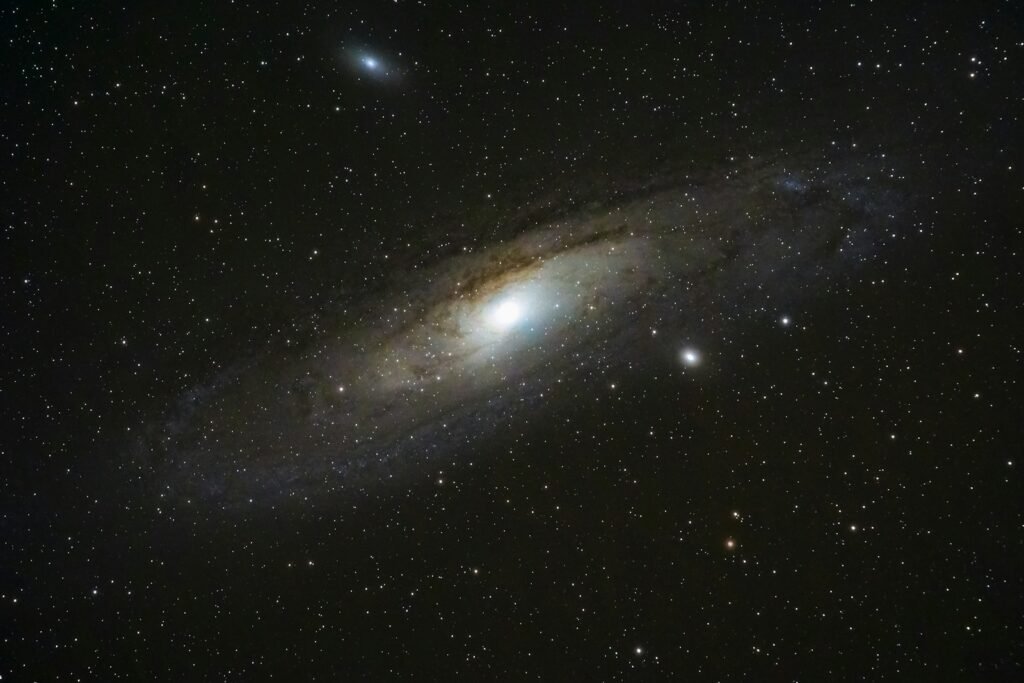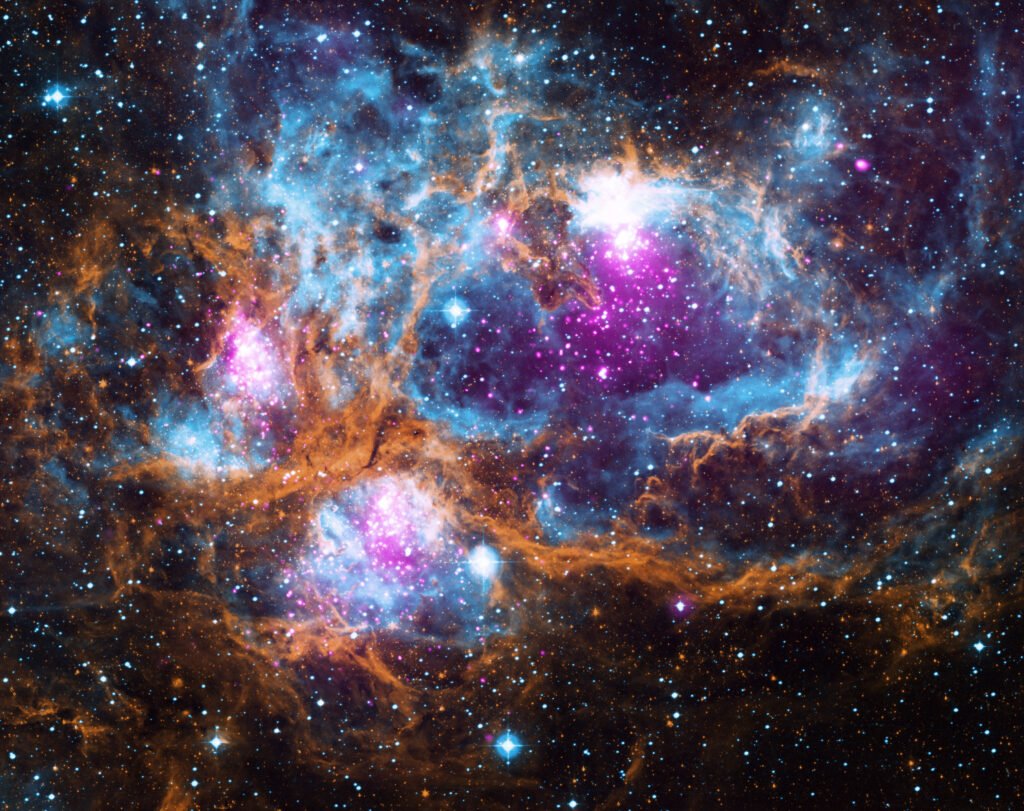The universe has long captivated the human imagination with its vastness and mystery. From ancient mythology to modern cosmology, people have pondered what, if anything, lies at the edge of the universe. While our understanding of the cosmos has advanced considerably, the concept of an “edge” remains enigmatic and invites a plethora of intriguing theories. In this article, we’ll explore the most fascinating ideas about the universe’s potential boundaries and contemplate the very notion of such an edge’s existence.
What is the Universe’s Edge?

The concept of the universe’s edge is inherently puzzling because it challenges our perceptions of space, infinity, and the cosmos itself. Traditionally, an edge implies a boundary or limit, but when applied to the universe, the implications are complex. Does an edge exist in the way we understand space on Earth, or is it a metaphorical concept, expanding endlessly beyond our current understanding?
The Expanding Universe: No Edge?

One widely accepted scientific perspective, stemming from the Big Bang theory, is that the universe is expanding. This expansion suggests that the universe is not static but growing, with galaxies moving away from each other. In this model, there is no distinct edge but rather an ever-stretching fabric of space-time. From this viewpoint, asking where the edge of the universe is might be akin to asking what’s north of the North Pole.
The Balloon Model

The balloon analogy is commonly used to illustrate the universe’s expansion. Imagine the universe as the surface of an inflating balloon. As the balloon inflates, two points on its surface move further apart. The universe, similarly, expands in all directions. Under this framework, the universe can be infinite, with no edge, just an expanding surface without boundaries.
The Observable Universe

While the universe itself may not have a discernible edge, the observable universe—a sphere with Earth at the center defined by the farthest distance light has traveled—does have a boundary. Beyond this horizon, light has not had sufficient time to reach us since the Big Bang. This boundary is not the edge of the universe itself but rather a limit to what we can currently observe.
The Theory of Multiverses

Some theoretical physicists propose the existence of a multiverse—a collection of innumerable universes, each with different physics and properties. In this theory, what we perceive as the “edge” of our universe might lead into another universe entirely. If true, our universe might be just one of many, hinting at a complex structure far beyond our current understanding.
The Infinite Curve Hypothesis

The infinite curve hypothesis posits that if we could travel in a straight line through the universe, we might eventually end up back where we started. In this theory, the universe has no edge but is finite and spherical, much like the surface of Earth. This idea suggests a closed universe that loops back on itself, eliminating the need for an edge.
Quantum Foam and Cosmic Strings

Some cutting-edge theories in physics suggest that the universe’s “edge” might be defined at the quantum level by structures like quantum foam or cosmic strings. These hypothesized phenomena may provide a sort of boundary condition for the universe, not in the spatial sense but in terms of quantum mechanics and string theory.
Simulated Universe Theory

A more speculative idea is the simulated universe theory, which posits that our reality might be a simulated environment, akin to a sophisticated virtual reality. If this theory holds any merit, the “edge” of the universe would be contingent on the parameters set within this simulation, constrained only by the simulation’s computational limits.
Dark Flow: Evidence of an Edge?

Some astronomers have observed a phenomenon known as dark flow, an inexplicable motion of galaxy clusters that suggests the presence of structures beyond the observable universe. This motion might hint at gravitational influences from beyond our universe, possibly suggesting something akin to an edge or a boundary with another realm or universe.
The Role of Dark Energy

Dark energy, a mysterious force driving the accelerated expansion of the universe, plays a crucial role in theories about the universe’s structure, including discussions about its edge. This understanding of dark energy and its interactions might one day help reveal whether the universe is infinite or bounded in some expansive way.
Does Time Have an Edge?

While much of the conversation focuses on spatial boundaries, considering whether time itself has an edge is equally fascinating. If time is finite, it might have had a beginning—the Big Bang—but will it have an end? Such questions challenge not only our understanding of space but the fundamental nature of time itself.
Conclusion: The Edge of Knowledge

While the concept of an “edge” to the universe presents tantalizing theoretical possibilities, it remains largely a philosophical and scientific enigma. Current theories, ranging from cosmic expansion to multiversal hypotheses, reflect humanity’s endless curiosity and drive to comprehend the cosmos. As our technology and understanding evolve, so too may our perception of the universe’s structure, possibly revealing truths as yet beyond our grasp.



